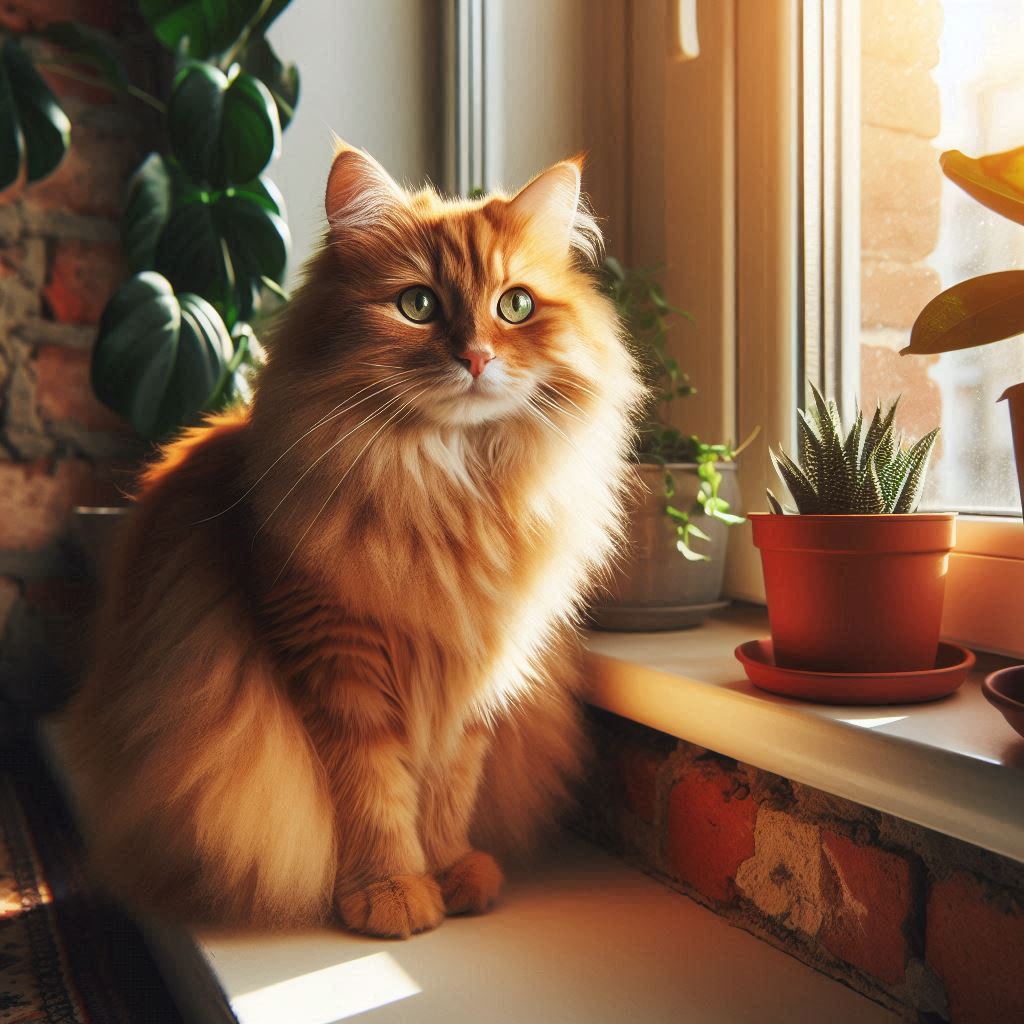Litter Training for Cats: A Comprehensive Guide
Litter training is an essential part of cat ownership that ensures a clean and harmonious living environment for both the pet and the owner. This guide will walk you through the steps to successfully litter train your cat, covering everything from choosing the right supplies to dealing with common challenges.

The Importance of Litter Training for Cats
Litter training is crucial for several reasons:
- Hygiene: Proper litter training helps maintain a clean home environment, preventing the spread of bacteria and odors.
- Behavioral Health: Cats are naturally clean animals. A well-maintained litter box satisfies their instinctual need for cleanliness.
- Owner Satisfaction: A well-trained cat reduces the stress and frustration of dealing with inappropriate elimination behaviors.
Essential Supplies for Litter Training
Before starting the litter training process, gather the following supplies:
- Litter Box: Choose a suitable size and type for your cat.
- Cat Litter: Select a litter that your cat is comfortable with.
- Scooper: For daily cleaning and maintenance.
- Liner (optional): To make cleaning easier.
- Enzyme Cleaner: For cleaning accidents outside the litter box.
Additional Supplies to Consider
- Litter Mat: Placed outside the litter box to catch stray litter from your cat’s paws.
- Odor Neutralizers: Products specifically designed to eliminate litter box odors.
- Litter Box Furniture: Enclosures or decorative covers that hide the litter box and blend with home décor.
Starting Litter Training
Step 1: Introduce the Litter Box
Place the litter box in a quiet, accessible location. Ensure it’s away from your cat’s food and water dishes. Introduce your cat to the litter box by gently placing them inside it. Let them explore and get familiar with the box.
Step 2: Establish a Routine
Cats thrive on routine. Place your cat in the litter box after meals, playtime, and naps. Consistency helps your cat understand when and where to eliminate.
Step 3: Positive Reinforcement
Encourage and reward your cat for using the litter box. Use treats, petting, and verbal praise to create a positive association with the litter box.
Choosing the Right Litter Box
When selecting a litter box, consider:
- Size: The box should be large enough for your cat to move around comfortably.
- Height: Kittens and older cats may require a box with lower sides for easier access.
- Type: Covered boxes offer privacy, but some cats prefer open boxes for better ventilation.
Types of Litter Boxes
- Standard Open Box: Basic and easy to clean, suitable for most cats.
- Covered Box: Provides privacy and contains odors but may trap dust inside.
- Self-Cleaning Box: Automated cleaning but requires regular maintenance and can be expensive.
- Top-Entry Box: Reduces litter scatter and prevents dogs from accessing it.
Selecting the Best Cat Litter
Cats can be particular about their litter. Common types include:
- Clumping Clay Litter: Easy to clean but can be dusty.
- Silica Gel Crystals: Excellent odor control but more expensive.
- Natural/Organic Litter: Made from materials like corn, wheat, or pine. Environmentally friendly but may not control odor as well as other types.
Factors to Consider
- Dust Levels: Dust-free litters are better for cats with respiratory issues.
- Odor Control: Essential for maintaining a pleasant home environment.
- Texture: Some cats prefer finer textures that are gentle on their paws.
- Scented vs. Unscented: While scented litters mask odors, some cats prefer unscented options.
Establishing a Routine
Feeding Schedule
Maintain a consistent feeding schedule. This helps regulate your cat’s elimination patterns, making it easier to anticipate when they need to use the litter box.
Observation and Encouragement
Watch your cat for signs that they need to go (e.g., sniffing, circling). Gently guide them to the litter box and offer praise and treats when they use it correctly.
Nighttime Routine
Ensure your cat has access to the litter box overnight. This is particularly important for young kittens and older cats who may need to use the box more frequently.
Dealing with Common Litter Training Issues
Litter Box Avoidance
If your cat avoids the litter box:
- Check cleanliness: Ensure the box is clean.
- Litter type: Try different types of litter.
- Location: Move the box to a quieter, more private area.
Accidents
Clean accidents thoroughly with an enzyme cleaner to remove odors. Avoid using ammonia-based cleaners, which can mimic the smell of urine and attract your cat back to the spot.
Territorial Marking
In multi-cat households, territorial marking can be an issue. Ensure each cat has its own litter box in a separate location to reduce stress and marking behavior.
Maintaining Litter Box Hygiene
Regular cleaning is vital:
- Daily Scooping: Remove waste daily to keep the box clean and odor-free.
- Weekly Cleaning: Empty the box completely, wash it with mild soap, and refill with fresh litter.
- Monthly Maintenance: Replace the box periodically to prevent buildup of bacteria and odors.
Deep Cleaning Tips
- Use a mild, unscented soap to clean the litter box.
- Avoid harsh chemicals that may leave a residue or strong scent.
- Dry the box thoroughly before adding new litter to prevent clumping.
Tips for Multi-Cat Households
In homes with multiple cats:
- Multiple Boxes: Provide one litter box per cat, plus one extra.
- Separate Locations: Place boxes in different areas to prevent territorial disputes.
- Monitor Behavior: Watch for signs of litter box guarding or bullying.
Additional Strategies
- Gradual Introduction: Slowly introduce new cats to the household to reduce stress.
- Feliway Diffusers: Use synthetic pheromones to create a calming environment.
- Behavioral Training: Work with a vet or a behaviorist if inter-cat aggression persists.
Litter training your cat requires patience, consistency, and the right supplies. By following the steps outlined in this guide, you can ensure your cat develops good litter box habits, leading to a happier and cleaner home for everyone.
For more information on cat care and training, visit our blog and subscribe for the latest tips and advice.









